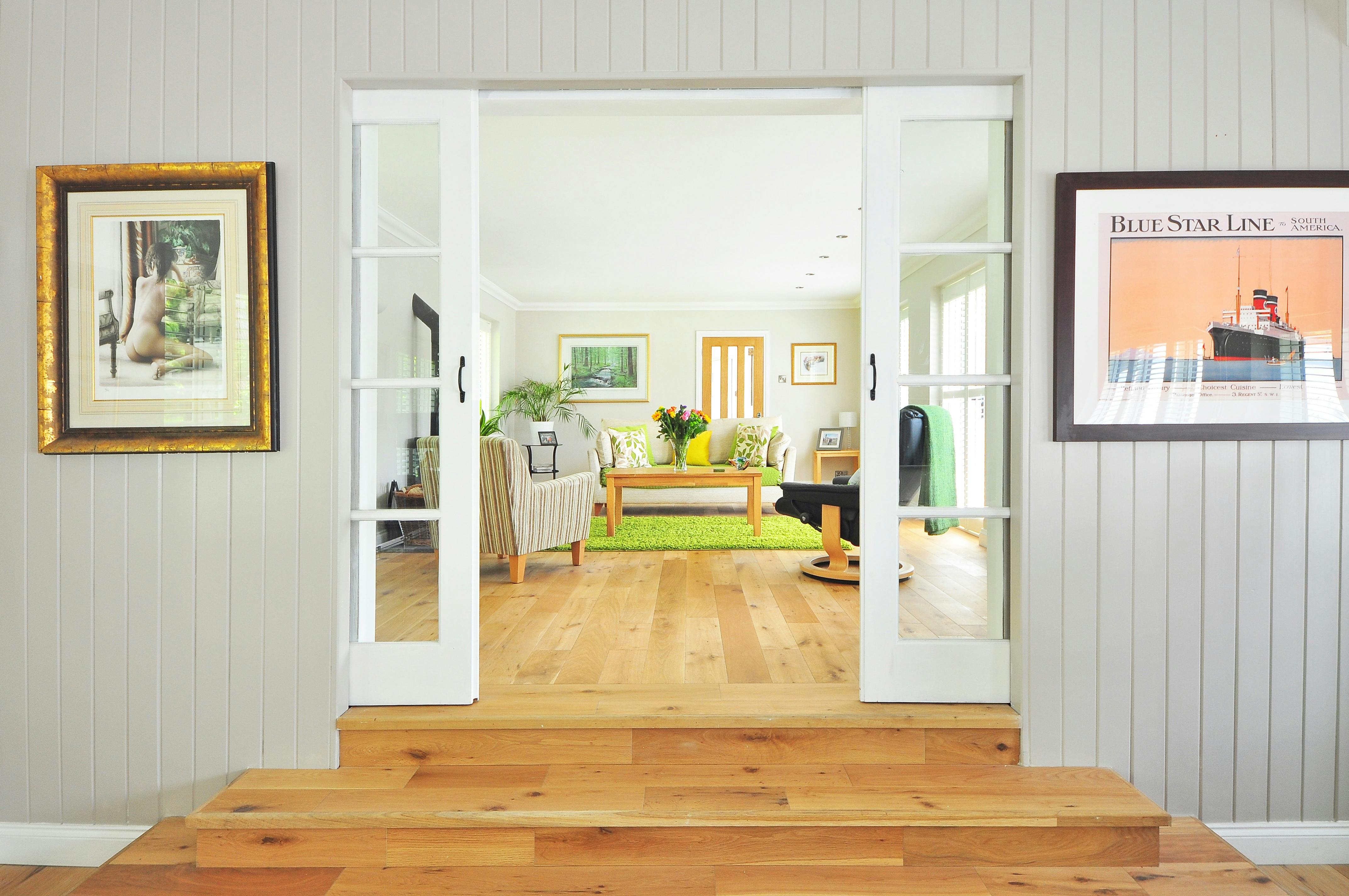For most of the world, 2020 was not the best year. Because of the CoVid-19 pandemic, a lot of people have passed away. Which means there are a lot of families out there dealing with now vacant homes. Homes filled with a lifetime of stuff. On top of the emotional stress of a death, clearing out a home can be incredibly overwhelming. So, here's a primer for getting started, should you find yourself in the same unfortunate situation.
First and foremost, find out if you have a particular timeline to adhere to. If this is a rental property, does the home need to be vacated by a certain date? Will the home be sold or property ownership transferred on a particular day? If so, you can plan by working backward to finish the project on time.
Second, consult the will. It's important to include the proper legal channels in the process. There may be particular items in the home that have been left to a family member or friend. It's also possible that certain items have been bequeathed to a charity or organization. Those items should be given to those individuals and groups as soon as possible, so as to not displace them.Third, bring in the family and friends that were closest to the deceased. Are there items left in the home that someone would like to remember their loved one? There are a variety of ways to work through this process. But, the main concern is that it's a fair process where no one feels they have been slighted. Emotions can be high, so you may find a moderator to be helpful.
Fourth, based on anything left in the home, clear out the garbage and recycling. Clear out the fridge and freezer of opened foods, empty trash cans, and so on. Likely, there will be more along the way, too.
Fifth, find all the paperwork. If a will wasn't located initially, this step will need to come first. Look in drawers, cabinets, boxes, safes and any hiding place you can find. Look for important documents like birth and marriage certificates, paperwork that proves property ownership (homes, land, vehicles, boats) and any appraisals (jewelry, art, property). These will be important to dissolving the estate. Next, find paperwork related to any financial accounts that will need to be closed, including utilities (wait until the home is cleared out and no one will return), credit cards and banking/investment accounts. Shred or recycle anything else.
Finally, remember the person you cared for. Know that this is a stressful process. Know that help is available, should you need it. And, that you can get through this.







